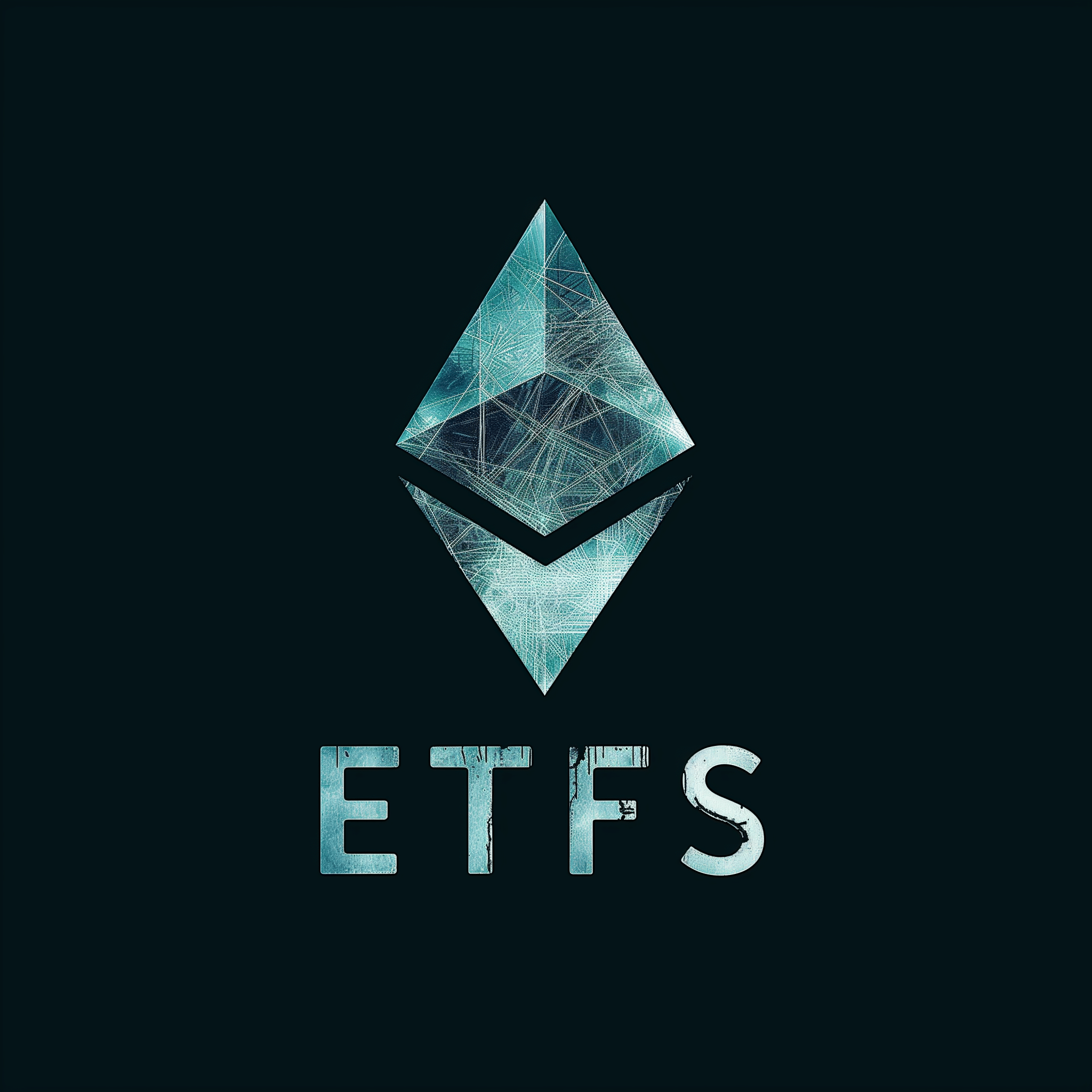ETH ETFs Will Be Licensed. Nevertheless May maybe well Grayscale Outflows Depress the Designate of ETH?

As the crypto neighborhood buzzes with pleasure over the in-progress Ethereum put ETF approval, a mandatory query arises: as soon as they start trading, will outflows from Grayscale’s Ethereum Have faith (ETHE) outpace inflows?
The query isn’t supreme relevant for Grayscale or ETHE holders, nonetheless for all ETH holders, as effectively-organized sufficient outflows from ETHE can even place aside bearish stress on the worth of ETH itself.
Learn extra: Why ETH Isn’t Transferring Better After SEC Approves Key Filings for Discipline ETFs
The reason that outflows are expected is that ETHE operates as a closed-cease fund, meaning it is going to substitute at a bargain or top payment to its find asset worth (NAV). This bargain has historically been gargantuan due to the fund’s structure and excessive charges. The expectation of changing to an ETF, which would catch rid of the bargain, extra incentivizes outflows from ETHE as investors will ogle to capitalize on the quick tag correction, supreme as came about with Grayscale’s Bitcoin Have faith (GBTC).
The ETHE bargain to NAV reduced from 203% to 5.5% following the suggestions broke that the ETFs would seemingly be licensed.
How Worthy ETH May maybe well Travel ETHE?
Currently, there could be $11 billion worth of ETH in ETHE. If the identical percentage of property leaves ETHE as exited the Grayscale Bitcoin Have faith (GBTC) – about 47% – this can even lead to approximately $5 billion of outflows over the first four months, as effectively-known on X by Quinn Thompson, founder of Macro crypto hedge fund Lekker Capital.
On the opposite hand, what’s no longer yet known is whether Grayscale will converse as excessive a payment on its ETH ETF because it did on GBTC, which seemingly triggered these outflows, or whether this can try a irregular technique.
“I’m ready for outflows from ETHE when it converts. Nevertheless this would well additionally be attention-grabbing to appear for what Grayscale does with the cost,” James Seyffart, learn analyst at Bloomberg Intelligence, told Unchained.
Grayscale has historically charged charges of 2% or extra on its investment merchandise. As an illustration, it worn to payment 2% on GBTC, and upon its conversion to an ETF, it lowered the cost to 1.5%.
On the opposite hand, the 1.5% payment used to be so great greater than the 0.19%-0.25% charged by the competition, it seemingly performed a effectively-organized role in half of the Bitcoin leaving GBTC since its conversion to an ETF.
“The opposite attention-grabbing ingredient is that it seems to be admire Grayscale can even merely be in a location to begin their mini belief at the identical time. Which is in a location to seemingly possess a extraordinarily low and aggressive payment,” said Seyffart, relating to Grayscale’s recent mini Bitcoin ETF, which is in a location to interchange below the ticker BTC. This would well merely characteristic a payment of 0.15%, making it the most payment-efficient of the total put Bitcoin ETFs. It have to also present Grayscale some extra earnings, giving the firm extra room to lower the cost on ETHE, which is for the time being 2.5%, and be extra aggressive with the costs on the opposite ETH ETFs.
How Worthy ETH May maybe well Enter the Discipline ETH ETFs?
One other ingredient, in phrases of gauging how this can even impact the ETH tag, is to retain in thoughts how great ETH could well pour into the ETFs as soon as they start trading—and whether it’d be sufficient to offset the outflows from ETHE.
How great interest there’ll seemingly be in the ETH ETFs is an open query. Will the ratio of property in the 2 forms of ETFs mimic the ratio between the market caps of Ethereum and Bitcoin, which, after the surge in ETH’s tag on Monday, is now about 30%?
Eric Balchunas, a senior ETF analyst, believes Ethereum ETFs will handiest garner 10-15% of what Bitcoin ETFs possess carried out. “For the conventional individual, one’s sufficient. You’d must in reality possess a bull case for this other one to purchase it,” Balchunas said.
Meanwhile, his Bloomberg colleague Seyffart suggests the next range of 20%. These predictions place aside the AUM of Ethereum ETFs between $5 billion and $10 billion.
The no longer too lengthy in the past launched Bitcoin and Ethereum put ETFs in Hong Kong, which possess a whole of $287 million in AUM, give a see at the doable demand for Ethereum ETFs in the U.S. “Hong Kong is a appropriate example,” said Seyffart on the most new episode of Bits + Bips. “The demand, again, is less than the ratio of the market caps between the 2 property.”
The HK Bitcoin ETFs preserve $246 million, and the Ethereum ones, $41 million, giving ETH 15% market part.
Thomspon estimates it could maybe well handiest rob about 9% of the total funds in Bitcoin ETFs (around $5 billion) to offset the doable outflows from ETHE. Along the identical line, even supposing Balchunas’s lower estimates are correct, the inflows into the ETFs can even offset the outflows from ETHE.
One wild card is the proven truth that the ETF issuers can no longer offer staking yield. That could well extra depress interest in the ETH ETFs, since ETH investors can even merely settle as a substitute to stake and catch yield.
Whereas the approval of Ethereum ETFs is a big milestone, the short-term impact on ETH’s tag can be negative due to gargantuan outflows from Grayscale’s fund. On the opposite hand, if the interest in ETH ETFs finally ends up being much like what it used to be in Hong Kong, expected influx into recent Ethereum ETFs can even merely be sufficient to offset these outflows.
Source credit : unchainedcrypto.com
